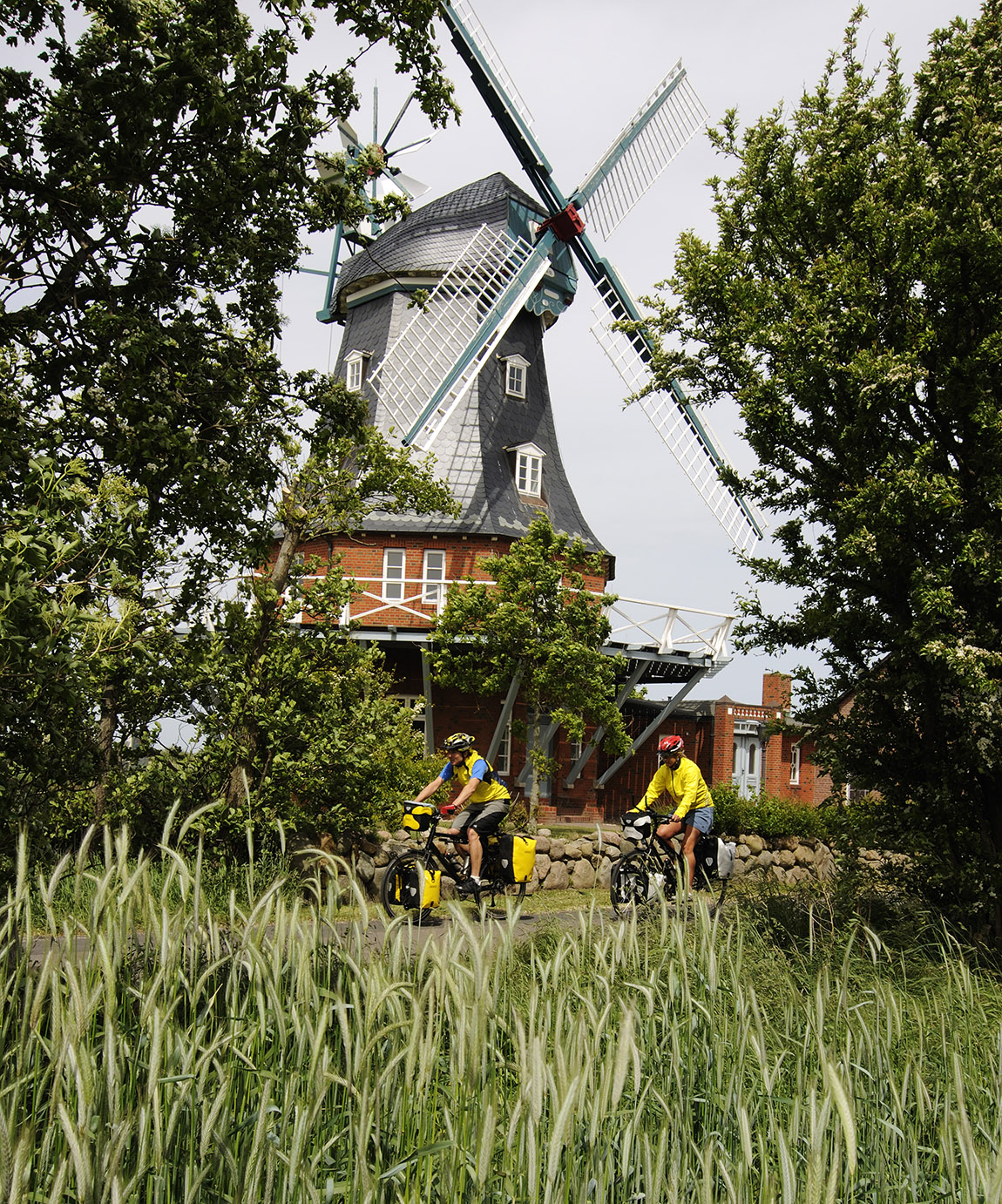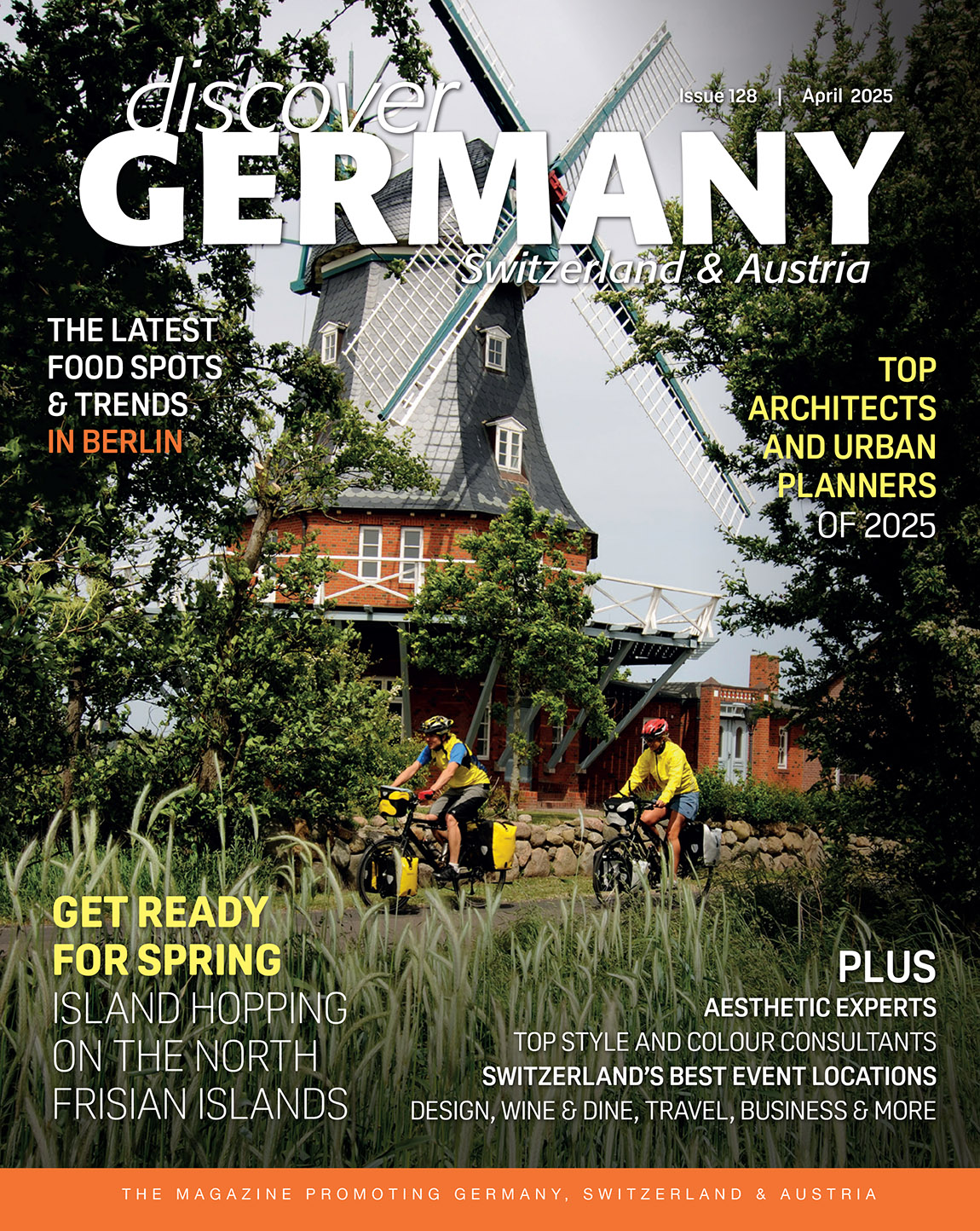Top 5 Gardens in Germany
TEXT: NANE STEINHOFF
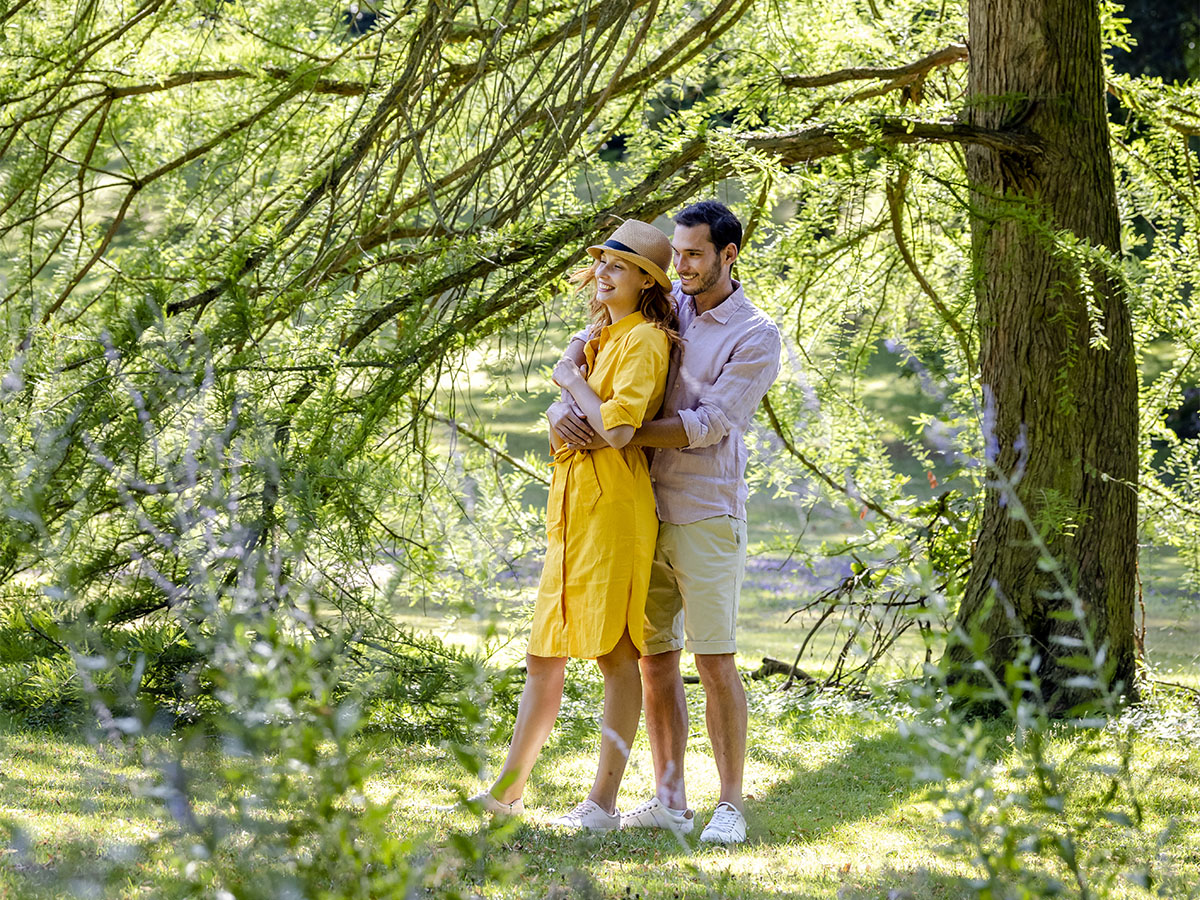
Bad Nauheim: Couple in the spa gardens. Photo: DZT, Günter Standl
Landscape architecture and garden design are terms most often associated with England. However, Germany has also plenty to offer when it comes to beautiful botanical gardens and parks. Here, we introduce some of our top picks that are well worth a visit in spring and summer.
According to a recent study by the Bundesinstitut für Bau-, Stadt- und Raumforschung, gardening is an ever-growing trend for German millennials. It argues that interest in the population has grown in more than every second municipality involved in the study, and slightly more frequently in the large cities. This is manifested in a growing number of garden and environmental initiatives, but also a greater demand for allotment gardens in the city.
In Germany, allotment gardening has been a firm part of urban life since the 19th century. Today there are almost 1 million allotment garden tenants in Germany, with rising demand from millennials, particularly families with children, the study found. Overall, this also reflects an increasing need to get more involved in nature and environmental protection and to use green and open spaces, especially in urban centers, as places of recreation and relaxation, to secure them and make them more attractive.
Given how much Germans love gardening, it doesn’t come as a surprise that there are numerous palace gardens and urban parks that are well worth a visit. Here are our top five destinations that will make any kind of garden enthusiast happy.
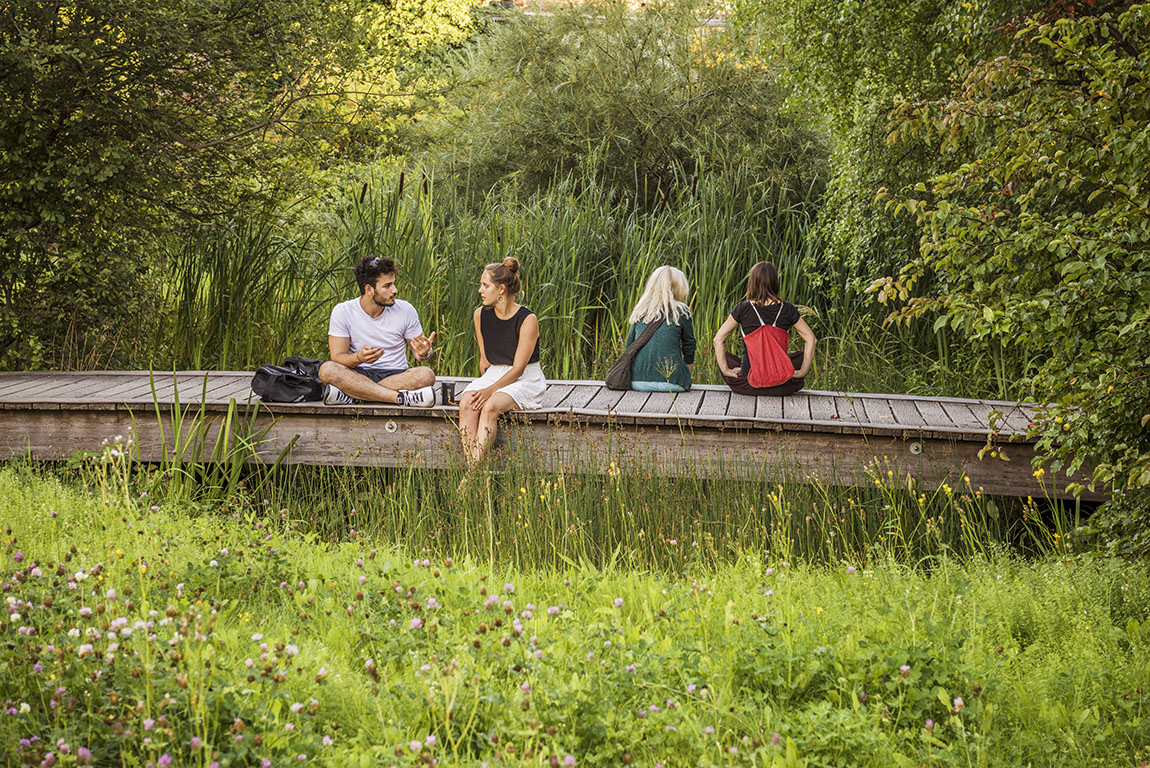
Berlin’s Comenius-Garten. Photo: visitBerlin, Dagmar Schwelle
Botanical Gardens in Nymphenburg, Munich
Exploring a botanical garden is always a great idea. In Munich, elegant glasshouses are filled with Alpine flowers, exotic plants, and more. As Duke Franz of Bavaria on the occasion of the 100th anniversary of the Munich-Nymphenburg Botanical Garden put it: “The Botanical Garden in Munich-Nymphenburg is not only a well-kept, world-famous green space that invites visitors to stroll and enjoy nature, but it is also a place of preservation, education, training and research.”
After all, a teaching garden for the neighbouring university serves as an important preservation site for rare plants and European bee species. Created in 1812, the botanical garden was first built between Munich’s Stachus square and the central station. However, as the city started to run out of space, the new botanical garden was created in Nymphenburg in 1914. Here, visitors can explore around 14,000 different plant species over 21 hectares today. Inside the many greenhouses, you can look forward to discovering species from all over the world around the year – even in the depths of winter.
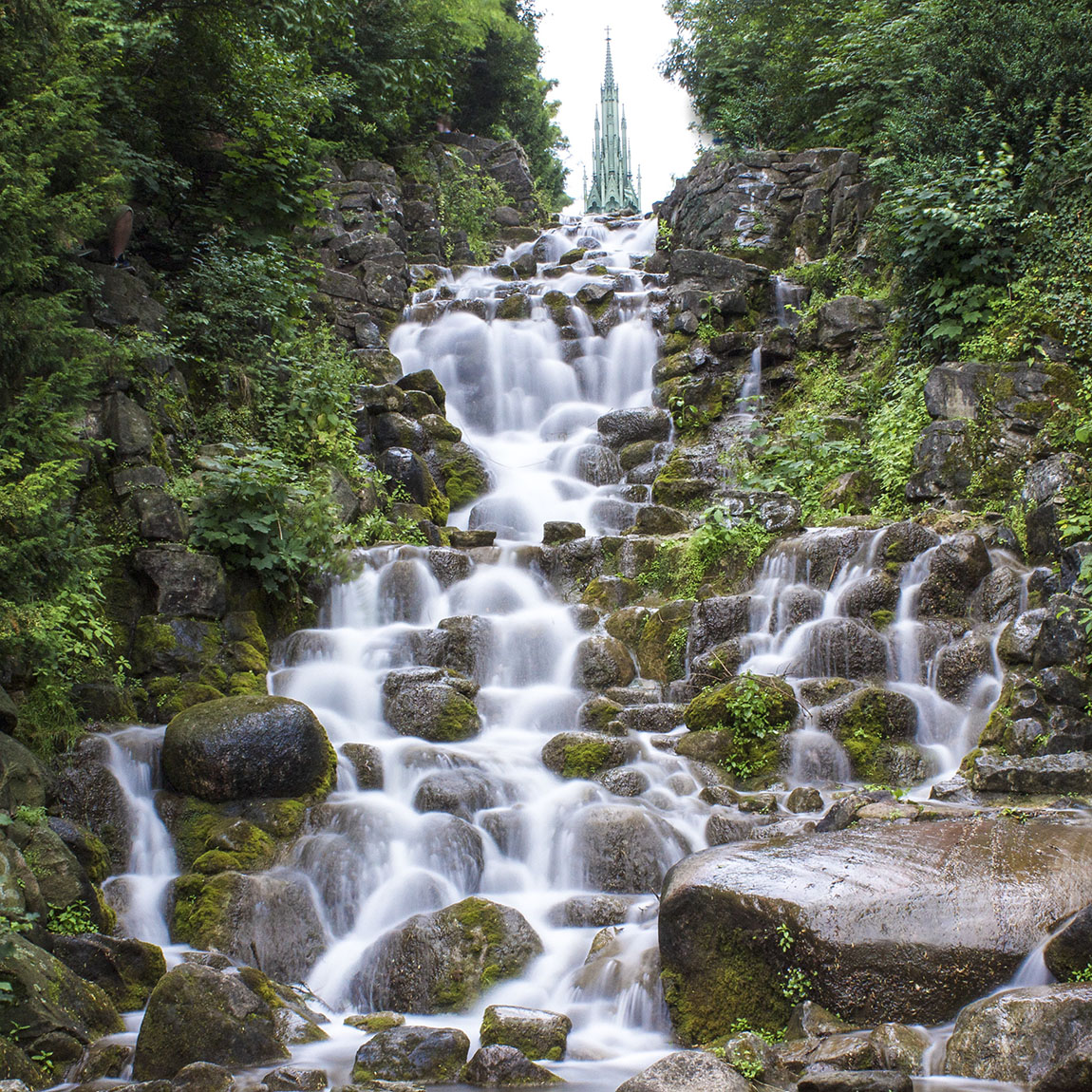
Waterfall in Berlin’s Viktoriapark. Photo: visitBerlin, visumate, Sylvia matzkowiak
Princes’ Garden at Marienberg Fortress in Würzburg
Want to combine your love for gardening and beautiful plants with traditional architecture? Head to the Marienberg Fortress in Würzburg. Here, traditional castle gardens with gorgeous plants serve as a picturesque backdrop to the impressive fortress that dates back to 1482. From 1600, it was transformed into a Renaissance palace.
After it was taken over by Swedish forces, it was rebuilt before it was redesigned in a Baroque style in 1708. During the Second World War, it got damaged and had to be rebuilt yet again following the war. The Princes’ Garden itself is defined by artistic terraces and numerous balustrades and is thought to have existed since the early 16th century. From here, visitors get a beautiful view across Würzburg and the River Main valley.
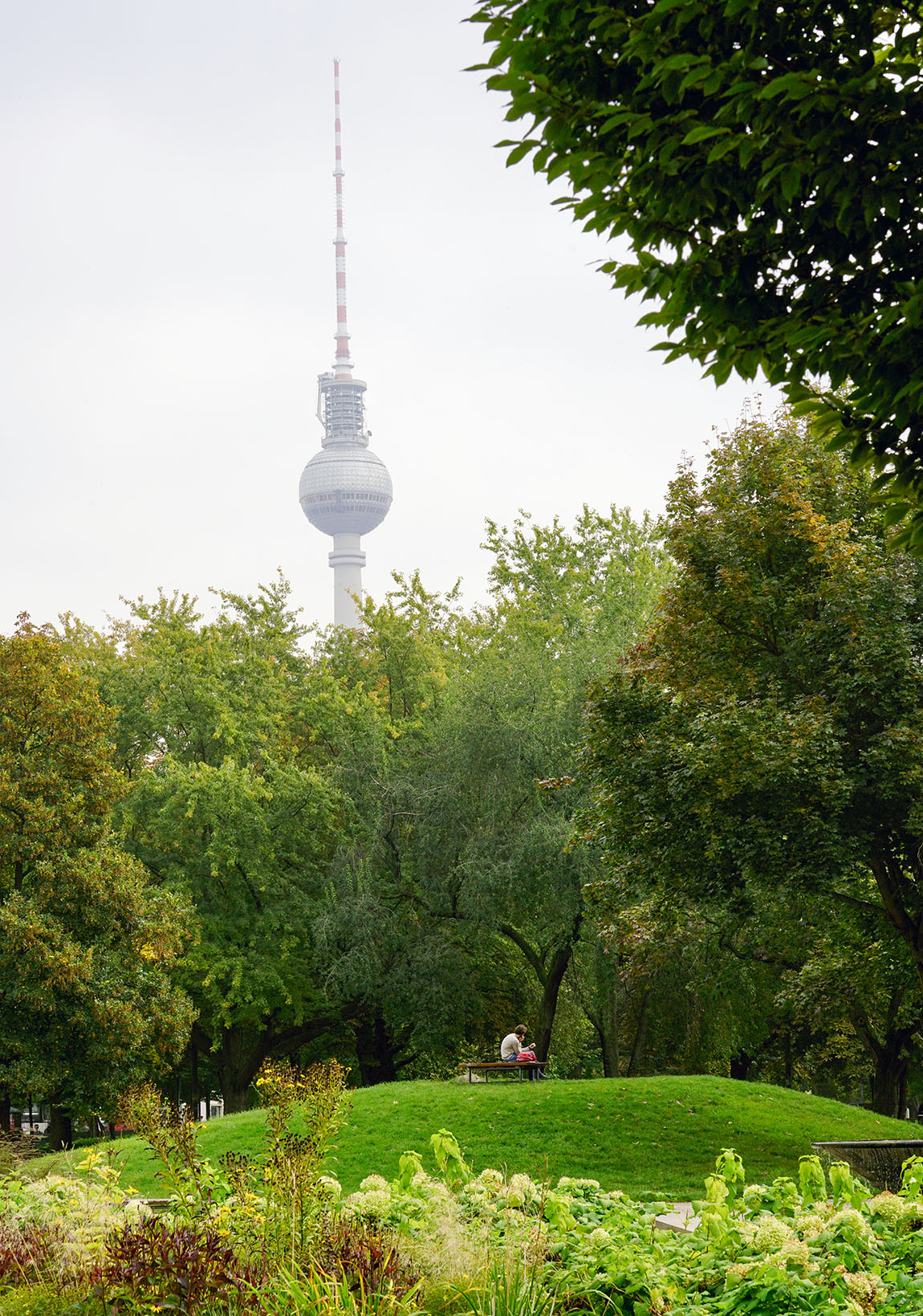
Monbijoupark in Berlin. Photo: visitBerlin, Michael Schulz/Berlinstagram
The Hermitage in Bayreuth
Often referred to as ‘Bayreuth’s most impressive park complex’ The Hermitage impresses with grand historical parks that date back to the 18th century. Amidst lush greenery and delicately thought-through landscaping art stands the beautiful palace that was built by Georg Wilhelm in 1715. On the outside, visitors can look forward to fountains, numerous other attractive water features, bosquets, hedge gardens, pergolas, tree-covered avenues, grottos, vast meadows, and a special garden design.
Even though the Hermitage Park might look baroque at first, the complex doesn’t have a main axis and the different garden sections stand independent from one another, both features that were unusual in the Baroque era. In the interior of the palace, on the other hand, await a Japanese cabinet, aChinese mirror cabinet and a music room. Last but not least, after a long, relaxing stroll through the past, visitors can take a break at the beautiful Café Orangerie which serves coffees and other drinks, cake delicacies, and small dishes.
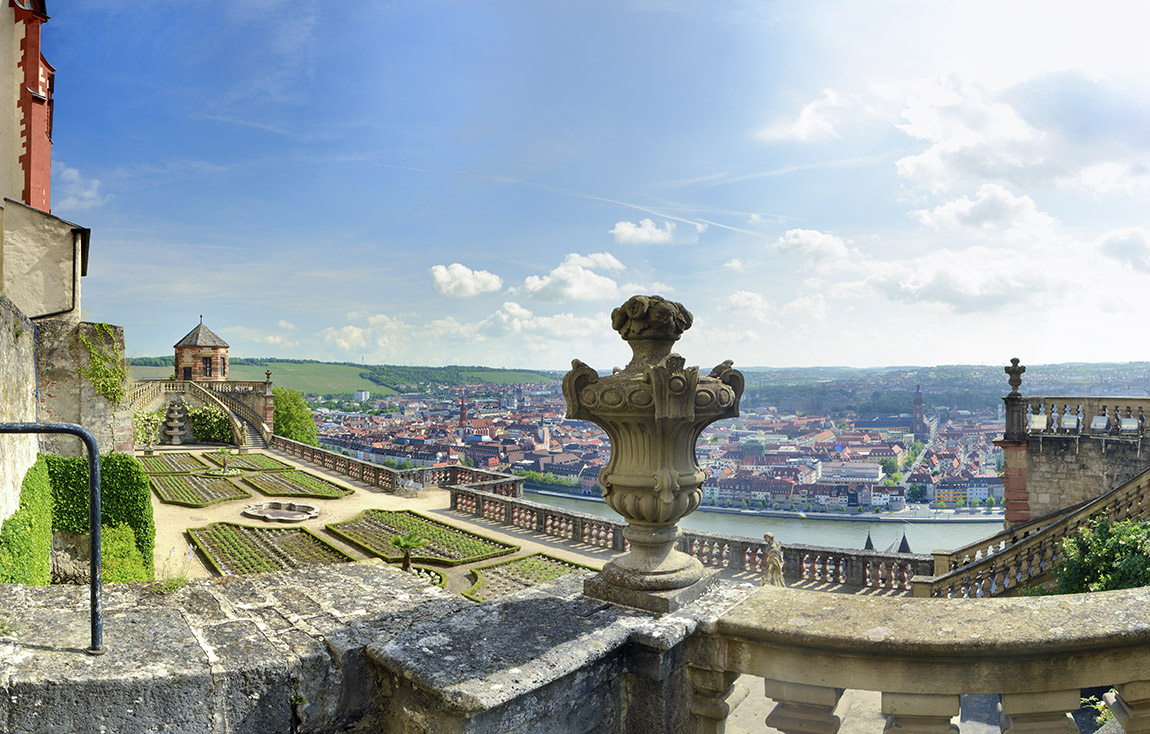
Marienberg Fortress gardens. Photo: DZT, Bayerische Schlösserverwaltung, Francesco Carovillano
Palm Gardens in Frankfurt
Frankfurt is a great destination for plant lovers as it has a total of three botanical gardens in its boundaries. One of these is the famous Palm Gardens that lies within the Botanical Garden Frankfurt. It features the impressive Duke of Nassau’s collection of tropical plants. Head to the Tropicarium, a collection of 14 greenhouses that were built in the 19th and 20th centuries, to gaze at tropical and sub-tropical palm trees, climbers, cacti and much more. In total, flora from different climate zones within an area that covers over 22 hectares and 7,000 sq/m of conservatory space can be discovered. Explore lush rainforests, before heading over to monsoon forests, humid mangroves and dry deserts. The experience will make you travel around the world without leaving Frankfurt!
Planten un Blomen in Hamburg
Fancy lying under some Mediterranean fig trees before heading to a Japanese teahouse? In the heart of the northern city of Hamburg, the Planten un Blomen park has all of this on offer. Covering 450,000 square metres, the park got its name from the Low German language – it translates to ‘plants and flowers’ – visitors walk past manicured flower beds, varied herb gardens and gorgeous lawns, mixed with ponds and various themed gardens. For example, in the pharmacist’s garden you can discover medicinal herbs and plants, while the Bürgergarten impresses with flower arrangements. If you’re a rose plant, do not miss the Rosengarten. In summer, there are over 300 rose varieties in bloom.
One of the biggest highlights in Planten un Blomen: the Japanese gardens with exotic trees and plants, rock formations, ponds and the iconic teahouse. Other attractions here worth mentioning are the Mediterranean corner where fig and lemon trees grow thanks to a clever dark slate installation, and the many greenhouses that host exotic plants, as well as various biotopes.
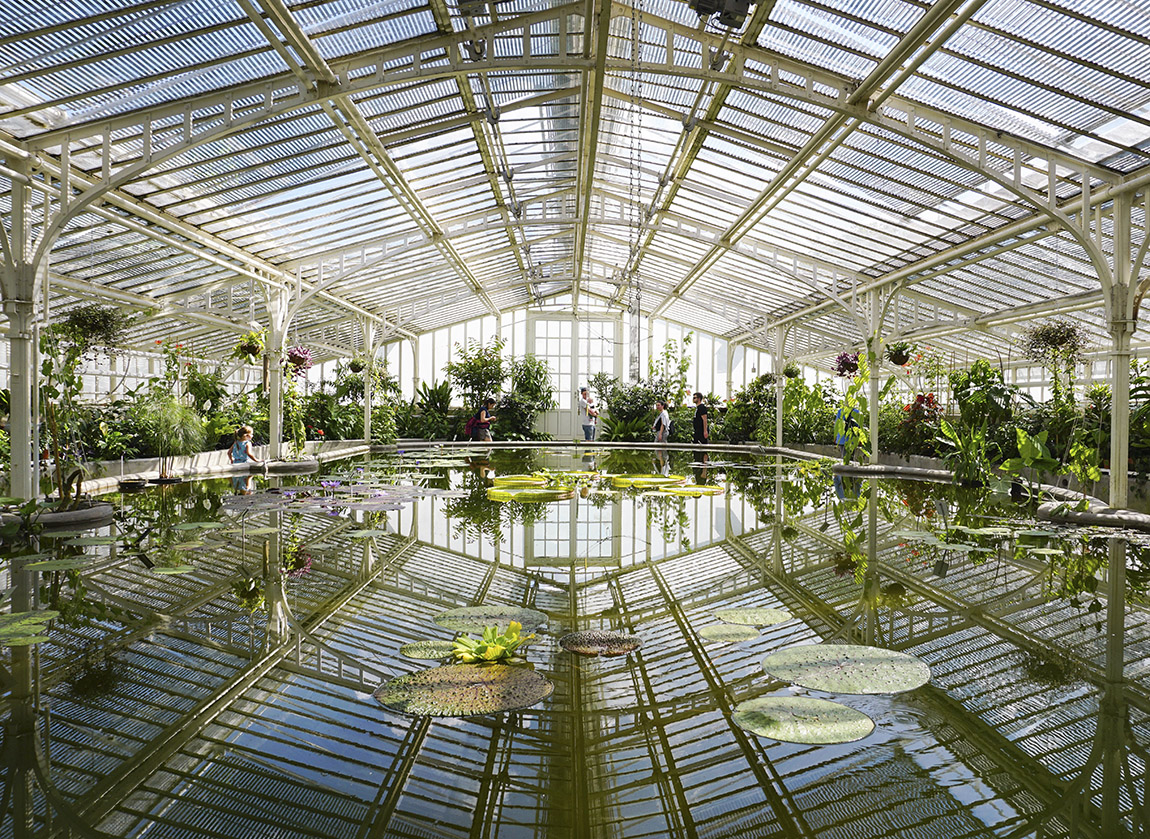
Photo: Unsplash
Of course, there are plenty more botanical gardens and parks worth visiting throughout Germany. Here are some more that should be on your travel list:
- Britzer Garten in Berlin
- Monbijoupark in Berlin
- The spa gardens of Bad Nauheim
- Bad Pyrmont Castle
- Fürst-Pückler-Park in Cottbus
- Bad Ems gardens and parks
- English Garden in Munich
- Tiergarten in Berlin
- Sanssouci Park in Potsdam
- Schwetzingen Palace
- Grosser Garten in Dresden
If you want to learn more about how to advance your own garden, be sure to click here to read the following special theme in our Design section
Subscribe to Our Newsletter
Receive our monthly newsletter by email
